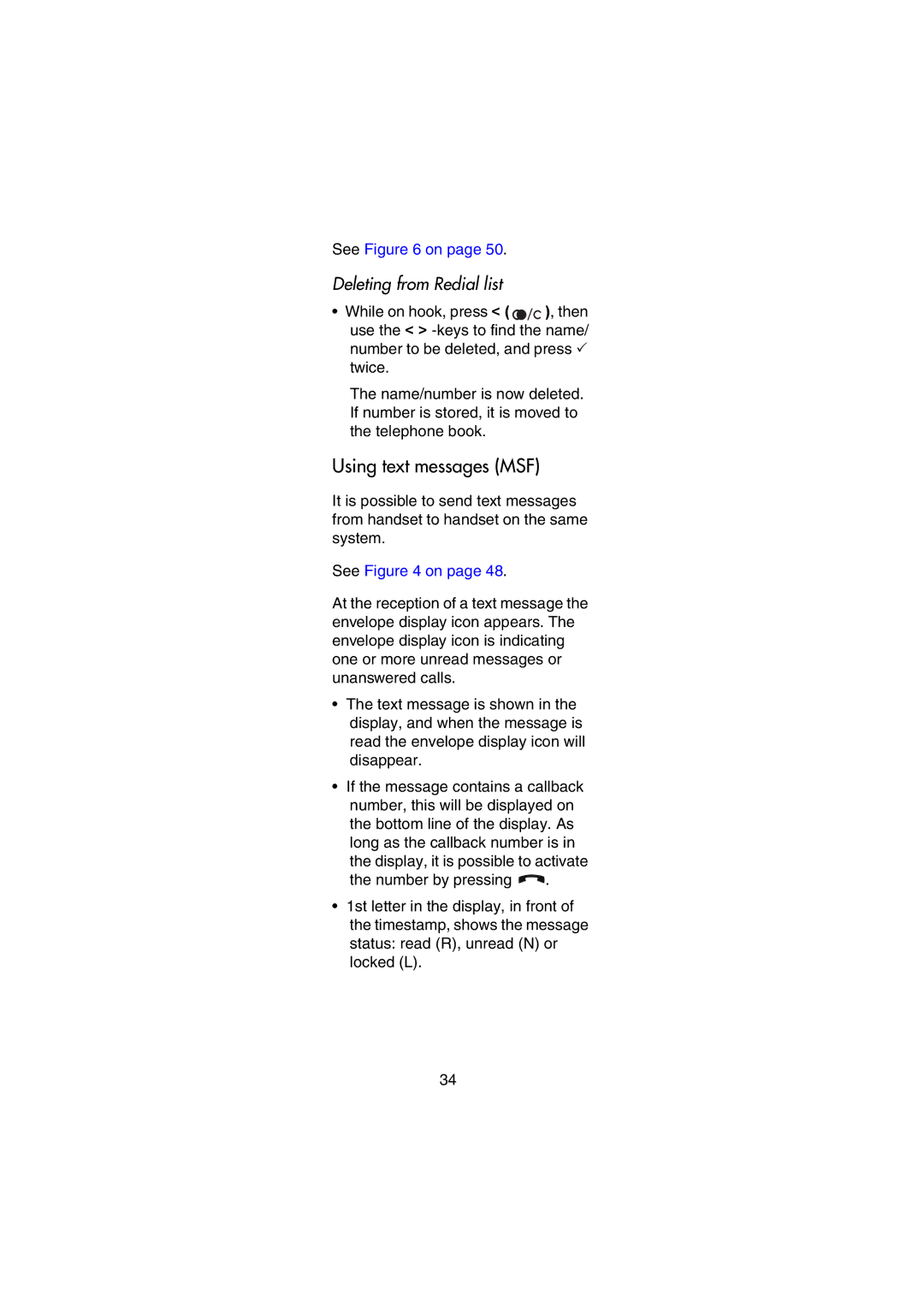743X, 744X specifications
Nortel Networks was a prominent player in the telecommunications arena, known for its innovative products designed to meet the evolving demands of network technologies. Among its distinguished offerings were the Nortel Networks 744X and 743X systems, both highly regarded for their capabilities in supporting robust communications infrastructures.The Nortel Networks 744X is particularly notable for its flexibility and scalability. This solution is tailored for medium to large-sized enterprises, enabling them to enhance their voice and data services through a single platform. One of its hallmark features is the ability to integrate voice over IP (VoIP) technology, which allows organizations to harness the advantages of both traditional and modern telephony. This integration facilitates seamless communication pathways, reduces operational costs, and enables users to access advanced features such as unified messaging and call center functionalities.
On the other hand, the Nortel Networks 743X system is designed with a focus on smaller enterprises but retains many of the powerful capabilities found in the 744X. The 743X system supports an array of telecommunication protocols and technologies, ensuring compatibility with existing infrastructure. Key characteristics of this system include its ease of installation and management, making it accessible for businesses without extensive technical expertise. Its support for both wired and wireless communications provides a versatile environment that can adapt to the changing needs of any organization.
Both systems employ Nortel's resilient architecture, which guarantees high availability and performance. This resilience is crucial for businesses that rely on uninterrupted communication for their day-to-day operations. Furthermore, they leverage Quality of Service (QoS) mechanisms to prioritize critical traffic, ensuring that voice communications receive the necessary bandwidth even during peak usage times.
In terms of security, Nortel Networks has invested significantly in safeguarding its systems against potential vulnerabilities. The 744X and 743X incorporate advanced encryption and authentication protocols, providing users with peace of mind while conducting sensitive communications.
In summary, the Nortel Networks 744X and 743X systems exemplify the company's commitment to delivering reliable, flexible, and secure telecommunications solutions. With their advanced features and robust technologies, these systems have established a solid foundation for businesses striving to enhance their communication capabilities and meet the demands of a rapidly advancing digital landscape. Their legacy continues to influence current networking strategies and solutions in the enterprise sector.
